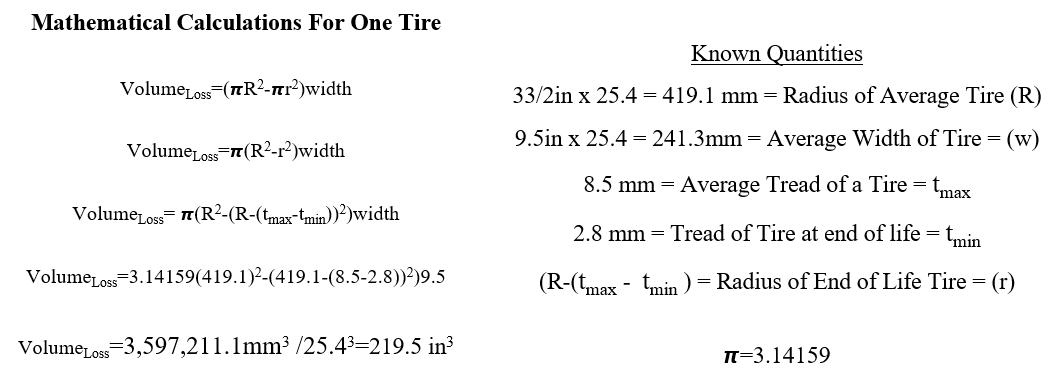Plastics in Automotive Applications
By Jacob Langenfeld and Evan Affonso
What Plastics Are In Transportation?
Throughout the evolution of transportation vehicles, manufacturers and producers have made many different material implementations and changes in order for these vehicles to be most efficient for their consumers. In order for these vehicles to be at its peak efficiency, producers need to take into consideration the types of materials that are being used to complete the overall final product that they are selling. Nowadays, plastics are the primary material for transportation vehicles being so lightweight and fuel efficient. Plastics hold the properties to keep vehicles safe, lightweight, and comfortable for the passengers and allow producers to make their vehicles more appealing to consumers. The average automotive vehicle has 30,000 parts and about ⅓ of these parts are made from plastic materials. Plastics are used for parts like: carburetors, fenders, dashboards, handles, engine covers, interior wall panels, seating, truck bed liners, cable insulation etc. Major luxury car manufacturers such as BMW, Audi, Mercedes, Porsche and even Rolls Royce all use plastic materials as well, mainly in the interior of their vehicles whether it be for minimal aspects such as the button on the doors or center console or in some cases, a large portion of the dashboard and gauges. But are these plastic materials the best solution in terms of our environment?
Negative Results of Plastics Being Used in Transportation
As we all know, plastics can pollute our world if its end of life solution is mishandled. Unfortunately one of the most toxic polymers, Polyvinyl Chloride (PVC), is also one of the most common polymers found in transportation vehicles. PVC makes up around 12-17% of the plastics used in the average car today. So essentially, 12-17% of the plastics in vehicles can’t be recycled and will most likely pollute the earth. Around 70% of the plastic parts in automobiles today are PVC, Polyurethane (PU), and Polypropylene (PP). Also PVC is not typically recyclable, however polyurethane and polypropylene are easily recycled. At times these plastics are not stripped from cars and put into a recycling system, but just trashed completely and left as waste. Another common issue that can cause less recyclability is mixing toxic additives to recyclable polymers which, as a result, would restrict a lot of those recyclable polymers from being as easily recycled. Luckily, there are companies that take used cars to strip them down and recycle the used plastic. In fact, around 25 million tons of materials (not just plastic) are recycled per year from vehicles, making automobiles the most recycled consumer product in the world. Car companies also use recycled plastic for components of the car like: wheel liner, splash guards, air deflectors, etc. Toyota even came out with a statement saying that 20% of the plastic used in their cars are either recycled or biobased polymers. Another concern about plastics is when the ambient temperature of the system is very high, the plastic materials are less reliable. Since the melting points of plastics are so low, they must be absent from any part of the system that has a reasonably high ambient temperature. Plastics are very malleable so they can’t withstand massive loads because the plastic will surpass their yield strength.
Positive Results of Plastics Being Used in Transportation
Using plastics throughout automotive vehicles is vital to the performance and efficiency of the vehicles. Plastics are the primary reason for why cars can be so fuel efficient, lightweight, and functionable as a system. Plastics are a great material to rely on for linings, dashboards, bumpers, splash guards, handles and engine covers. Plastics within vehicles nowadays are an efficient material that, explained previously, are a key contributor to making the entirety of the vehicles more lightweight and more fuel efficient. It has been studied and proven that a mere 10% reduction of overall vehicle weight, can result in a 6%-8% increase in fuel efficiency.
With the implementation of more lightweight plastics within vehicles, which leads to fuel efficiency, the amount of toxic emissions that are let out into the environment due to larger amounts of gas and diesel consumption will be decreased. Electric cars nowadays also benefit significantly when more plastics are used to allow the car to be more lightweight. Also, with the ability to be molded and manipulated into many different colors, plastics, in most cases, play a large role in the fashionability of modern cars. One source stated that 50% of a car's volume is made of plastic materials but only 10% of its total weight is made up of those plastics. Many modern cars today are seen using larger amounts of plastics in the interior features of the car such as the buttons used to start the car, adjust the radio, protect the navigation systems, and all of the gauges within the car. Although we may not think about these different components being made of plastic when we look at them, we need to understand that these components would be drastically different from what they are now, if not for the plastic materials used within them.
Overall Consensus
Plastic materials being used within vehicles have revolutionized how cars are produced as well as how they function. The polymers used in these vehicles have proved to be lightweight and moldable in order to provide as much success for the vehicles and their drivers as possible. The durability of these polymers have proved to be able to stand up to the same tasks as the metals used prior to their production. However, the ability to recycle these plastics is what asks the question, “Is it worth incorporating these materials, while risking the environment’s well-being?” With the understanding that PVC is one of the most commonly used plastics within vehicles, the recyclability of these vehicles becomes worse because of the toxicity that can be released into the environment if PVC is mishandled. Engineers around the world should be using this debacle as motivation to find different polymers that can be just as sustainable and efficient without the toxic additives that can be seen in plastics in transportation today.
References
- https://www.resource-innovations.com/resources/plastics-automotive -industry-which-materials-will-be-winners-and-losers
- http://adapt.mx/plastics-in-the-automotive-industry-which-materials-will-be-the-winners-and-losers/
- https://www.innovativeautomation.com/the-history-importance-anduse-of-plastics-in-automobiles/
- https://cen.acs.org/articles/95/i45/Plastics-makers-plot-future-car.html
- https://www.smlease.com/entries/plastic-design/advantages-and-limitations-of-plastics-over-metal/



